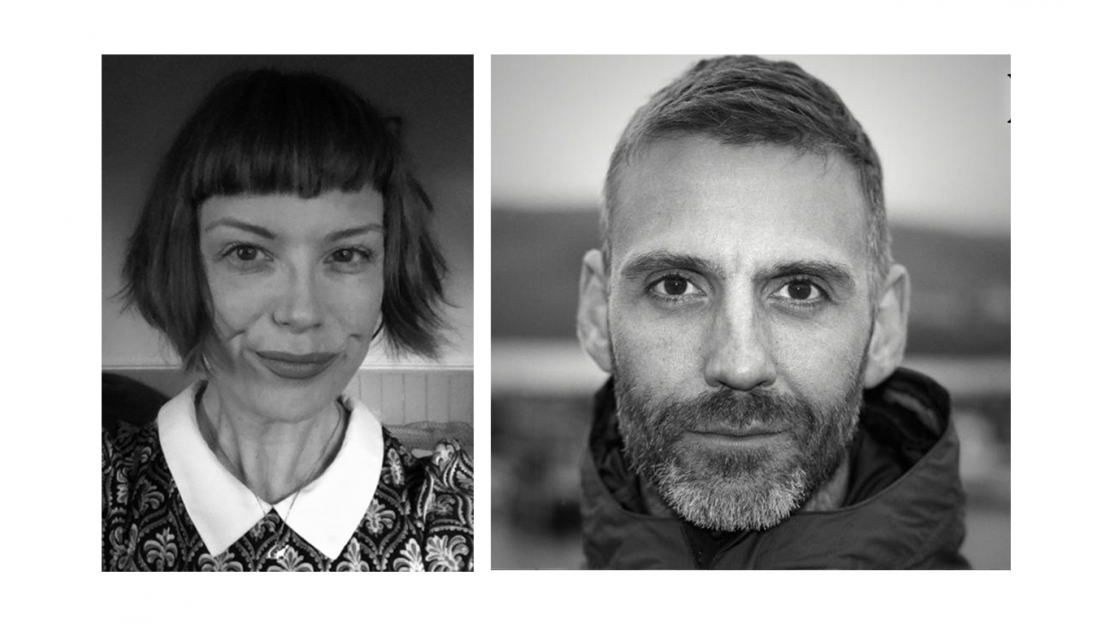1990s
In 1990, a red ribbon became the international sign for AIDS awareness. The US passed policies that banned immigrants with HIV from entering the country, as well as anyone intending to arrive for a short-term visit. Backlash and protests led to many organisations protesting the international conference on AIDS, held in the US.
In 1991, the UK’s National Audit Office found that millions of pounds allocated to dealing with AIDS had been spent on other programmes. Health authorities would be found to have ‘misspent’ the funds.
Two years later, in 1993, the UK Coalition of People living with HIV and AIDS was launched in London. However, in the same year, the health secretary, Virginia Bottomley, cut funding to the Terrence Higgins Trust by two-thirds. Little explanation was ever given.
Unfortunately, it was just the start of funding cuts made by the British government. In 1994, the government removed all funding to multiple organisations, including the Terrence Higgins Trust, London Lighthouse and AIDS Ahead. The health secretary Julia Cumberlege also blocked a £2m campaign by the Health Education Authority to raise awareness of safe sex. The government was seen to be cutting off support for those fighting to raise awareness and support.
In 1995, 25,000 people were living with Aids in the UK. A clinical trial called Delta found that combining two drugs together – AZT with ddI or ddC– was more effective at treating HIV than the single drug previously used. In 1996, the Terrence Higgins Trust, alongside the African Advocacy Foundation and the ATP, launched the ‘It’s Not Over’ campaign calling for availability for the new treatment.
By 1997 there were 30 million people living with HIV worldwide. While this was a huge increase in diagnoses compared to the 1980s, death rates continued to fall due to the success of the Delta trial’s new treatment.
In 1998, the UK’s Human Rights Act was passed. Under it, people with HIV can invoke their rights in UK courts. For example, people living in care settings with HIV can assert their right not to be subjected to inhuman or degrading treatment if they are being denied proper care because of misplaced fears around transmission.
Towards the end of the 1990s, devolution of government in the UK came into effect. The Scottish Parliament and the National Assembly for Wales gained powers and responsibility for ‘devolved matters’. Devolution gave Scotland and Wales the ability to make decisions on issues within their own jurisdiction, including justice, health and education.
In 1999, there were more heterosexuals diagnosed with HIV than gay or bisexual men in the UK. Despite a fall in death rates, AIDs was listed in the World Health Report as the fourth biggest killer worldwide. Just 20 years after the epidemic began, laws were struggling to keep up. In the same year, a judge ruled that a child born to a mother with HIV must be tested, regardless of the father’s wishes.




